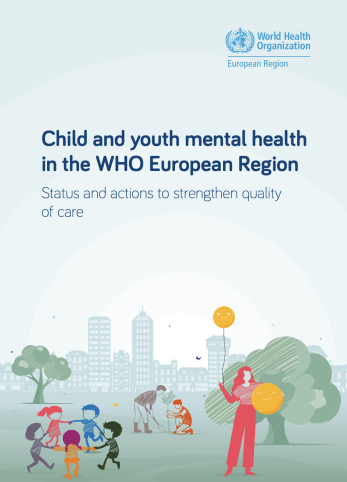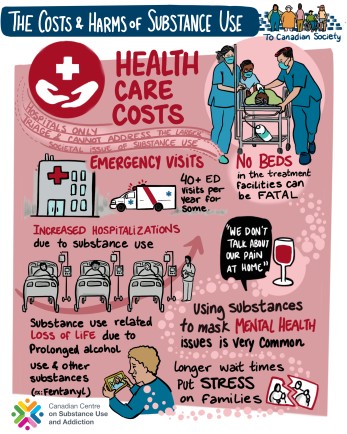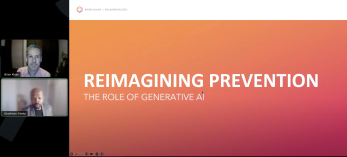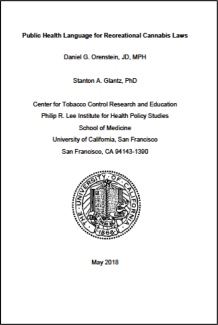
Search
There’s an Opioid Abuse Problem Unfolding in African Cities and It’s Not Getting the Attention It Needs
An opioid crisis is spreading throughout Africa. This comprehensive article traces consumption of tramadol across the continent, focusing on the scenario in various African countries in addition to the complexities of deciding on how to...
Validation of the Spanish Version of the Yale Food Addiction Scale 2.0 (YFAS 2.0) and Clinical Correlates in a Sample of Eating Disorder, Gambling Disorder, and Healthy Control Participants
Aims: Due to the increasing evidence of shared vulnerabilities between addictive behaviors and excessive food intake, the concept of food addiction in specific clinical populations has become a topic of scientific interest. The aim of this...
Lifestyle Choices and Mental Health: A Longitudinal Survey with German and Chinese Students
The Contribution of Health Behaviours to Socioeconomic Inequalities in Health
Examining Differences in Breath Alcohol Concentration (BrAC) Levels and Hazardous Drinking by Smoking Status among a Sample of College Student Bar Patrons
A study published in the Journal of Community Health, Examining Differences in Breath Alcohol Concentration (BrAC) Levels and Hazardous Drinking by Smoking Status Among a Sample of College Student Bar Patrons, explores the relationship...
Webinar: Treatment and Prevention of Opioid Use Disorder: Overview
A webinar on opioid use disorder by Dr. Dennis McCarty is now available through the Addiction Technology Transfer Centre (ATTC) website.
The hour long webinar took place in April 2018 and discusses treatment and prevention. The webinar...
Pre-Conceptional and Peri-Gestational Maternal Binge Alcohol Drinking Produces Inheritance of Mood Disturbances and Alcohol Vulnerability in the Adolescent Offspring
Although binge drinking is on the rise in women of reproductive age and during pregnancy, the consequences in the offspring, in particular the inheritance of alcohol-related mood disturbances and alcohol abuse vulnerability, are still...
Role of Obesity in Smoking Behaviour: Mendelian Randomisation Study in UK Biobank
Abstract
Objective: To determine whether body mass index, body fat percentage, and waist circumference influence smoking status and intensity.
Design: Mendelian randomisation study.
Setting: UK Biobank, with replication of results from...
Family Rejection as a Predictor of Suicide Attempts and Substance Misuse among Transgender and Gender Nonconforming Adults
A study published in the LGBT Health Journal explores family rejection as a predictor for substance misuse in transgender and gender nonconforming adults.
Taking data from the National Transgender Discrimination Survey the study involved...
Association between Secondhand Smoke Exposure and Hypertension in Never Smokers
Abstract
Objectives: Secondhand smoke (SHS) exposure is associated with cardiovascular disease. This study aims to determine the association between SHS exposure estimated by questionnaire and hypertension in Korean never smokers.
Setting...
Development and Testing of the Youth Alcohol Norms Survey (YANS) Instrument to Measure Youth Alcohol Norms and Psychosocial Influences
Abstract
Objectives: This study aimed to develop and validate an online instrument to: (1) identify common alcohol-related social influences, norms and beliefs among adolescents; (2) clarify the process and pathways through which...
May Student Membership Update
Racial & Ethnic Disparities in Outpatient Treatment Completion
A study exploring the completion of outpatient substance use disorder treatment has highlighted racial and ethnic health disparities.
The research team utilised a sample of 416,224 outpatient discharges in the study which found people of...
National Prevention Week 2018
National Prevention week led by the Substance Abuse and Mental Health Administration (SAMHSA) will take place from 13-19th May 2018.
Each day focus will fall on a different topic - starting off with the theme of "Promotion of Mental Health...
The Effect of Branding to Promote Healthy Behavior: Reducing Tobacco Use among Youth and Young Adults
Abstract
Policy interventions such as public health mass media campaigns disseminate messages in order to improve health-related knowledge, attitudes, beliefs and behaviors at the population level. Only more recently have campaigns that...
Thirdhand Smoke Uptake to Aerosol Particles in the Indoor Environment
Abstract
Aerosol composition measurements made in an indoor classroom indicate the uptake of thirdhand smoke (THS) species to indoor particles, a novel exposure route for THS to humans indoors. Chemical speciation of the organic aerosol...
Public Health Language for Recreational Cannabis Laws
Cannabis legalization for recreational use (also called “adult use”) is a reality in a growing number of US states despite continued federal prohibition and limited scientific research on the long-term and short-term health effects of...
Public versus Internal Conceptions of Addiction: An Analysis of Internal Philip Morris Documents
Abstract
Background
Tobacco addiction is a complex, multicomponent phenomenon stemming from nicotine’s pharmacology and the user’s biology, psychology, sociology, and environment. After decades of public denial, the tobacco industry now...
Characteristics of the disorder screening instruments for Alcohol use in young University of Argentina
Overview
Alcohol use disorders are alarmingly high in the University population. Screening instruments is essential for the measurement of the epidemiological and clinical practice. The objective of this study is to compare the performance...
Light–Moderate Alcohol Consumption and Left Ventricular Function among Healthy, Middle-Aged Adults
Abstract
Objectives: To investigate the association between alcohol consumption and left ventricular (LV) function in a population with low average alcohol intake.
Design, setting and participants: A total of 1296 healthy participants...
Share the Knowledge: ISSUP members can post in the Knowledge Share – Sign in or become a member






